Echoes of Forbidden Gaming: The Cultural Legacy of the 1930s Pigeon Lottery Tickets
The Silent Witnesses of a Forgotten Era
At the intersection of history, art, and cultural anthropology, artifacts often emerge that redefine our understanding of the past. Among them, some are more than relics—they are silent witnesses to forgotten struggles, evolving traditions, and suppressed histories. These 1930s Pigeon Lottery tickets, recently brought to light, are such artifacts.
Printed on delicate paper yet imbued with the weight of history. These rare surviving lottery tickets tell the story of diaspora, adaptation, and the conflict between cultural identity and systemic discrimination. What may seem at first glance like a simple gambling slip is, in fact, a tangible remnant of a hidden world. A world where Chinese immigrants sought community, economic stability, and connection to their heritage. Only to be met with exclusionary laws that sought to erase their customs.
As we examine these pieces in their full historical context. They stand as a testament to resilience, ingenuity, and cultural survival.

The Pigeon Lottery: A Tradition in Motion
The game known as the Pigeon Lottery (白鴿票, baak⁶ gaap³ piu³) originated in Guangdong, China, during the Qing Dynasty and traveled the world with the movement of Chinese emigrants. Its name evokes imagery of homing pigeons carrying messages across vast distances—an apt metaphor for a game that spread across continents, taking root in new communities while maintaining its core identity.
In its original form, the game was a uniquely Chinese method of numerology-based wagering, where players selected characters from the revered Thousand Character Classic (千字文) rather than numbers. This was not merely a gambling mechanism—it was an intellectual engagement, a connection to classical Chinese literacy, and an assertion of cultural continuity in foreign lands.
From Guangzhou to San Francisco, from Sydney to Havana, the game flourished in Chinatowns around the world, operating in the back rooms of businesses, behind discreet curtains in tea houses, and within communal spaces where Chinese immigrants gathered for news, camaraderie, and a taste of home.
However, what began as a private tradition quickly became a target of legal scrutiny, emblematic of the racial and economic restrictions imposed upon Chinese communities in the 19th and early 20th centuries.
When Tradition Became a Crime
In nearly every country where Chinese immigrants carried their traditions, the Pigeon Lottery was outlawed. This was not a blanket ban on gambling, but a racially coded restriction, wherein European gambling establishments thrived while Chinese-run games were criminalized.
- In the United States, anti-lottery laws were often selectively enforced against Chinese lottery houses. By the late 19th century, Chinese lottery operators in cities like San Francisco, New York, and Seattle were heavily fined, raided, and imprisoned.
- In Australia and New Zealand, the game—often called “Pak-Ah-Pu”—was mocked in newspapers, depicted as an emblem of a foreign vice, and used as a pretext for racist legislation.
- In Canada, despite thriving in cities like Vancouver, the game was forcibly shut down under anti-immigrant policies, even as provincial and federal governments expanded their own gambling operations.
- In South Africa, where Chinese workers arrived to labor in the gold mines, the game was ruthlessly targeted while European gambling syndicates remained untouched.
This contrast laid bare a painful reality: the Pigeon Lottery was not outlawed because it was a game of chance, but because it was Chinese.
Even as it was suppressed in Chinese communities, its mechanics were quietly adapted by Western entrepreneurs. In America, it was rebranded as Racehorse Keno, removing the Chinese characters and cultural references to make it more palatable to a wider audience. Today, what began as an underground game in immigrant enclaves has become a global, multi-billion-dollar casino staple known simply as Keno.
The story of these tickets, then, is not just about gambling—it is about cultural appropriation, the resilience of marginalized communities, and the silent erasure of immigrant contributions to mainstream society.



The Aesthetic and Cultural Value of the 1930s Tickets
The surviving 1930s Pigeon Lottery tickets, now preserved, represent an extraordinary cultural artifact. Their significance extends beyond their function as gambling slips; they are works of print design, linguistic heritage, and social documentation.
Each ticket, printed with painstaking consistency across continents, follows a precise typographic structure that speaks to the globalization of the game. The arrangement of the 80 characters, drawn from an ancient literary source, is itself a study in calligraphic design and cultural preservation.
The presence of a “PAID” stamp on two tickets elevates their significance further. These are not merely unused remnants; they are proof of a transaction, a record of a moment in history when an individual placed a bet, won, and collected their prize.
From an artistic and curatorial perspective, these tickets are comparable to early stock certificates, scrip currency, and financial documents that reflect economic and cultural shifts in a society. Just as a share certificate from a 19th-century railroad company tells the story of industrial expansion, these tickets tell the story of migration, exclusion, and the adaptation of cultural practices in the face of adversity.
To hold one is to hold a piece of lost history—a fragment of a world that was systematically erased.
Preserving a Legacy
For art museums, historical institutions, and private collectors with an appreciation for the intersection of cultural history, design, and economic anthropology, the preservation of these Pigeon Lottery tickets is an imperative act of historical reclamation.
They belong not merely in gambling collections, but in exhibits exploring:
✔️ The Chinese diaspora and its contributions to global culture
✔️ The history of gambling and its social implications
✔️ The evolution of financial documents as historical artifacts
✔️ The erasure and rebranding of immigrant traditions in Western society
At a time when the narrative of Chinese immigrants in Western history is being reexamined and reclaimed, these tickets stand as tangible proof of resilience, adaptation, and the unseen influence of marginalized communities on mainstream culture.
Their rediscovery is more than an auction event—it is a moment of historical recognition.
For those who seek to preserve and study this lost history it is available for acquisition through Goodson Gallery.
📍 For institutional inquiries, scholarly research requests, or museum acquisition opportunities, please contact us.
A Testament to Cultural Persistence
In the delicate folds of these century-old slips of paper, an entire history is embedded. A history of migration, exclusion, resilience, and reinvention.
They are not just artifacts. They are stories waiting to be told.
And now, for the first time in nearly a century, they have re-emerged. Not as forgotten relics, but as enduring testaments to the cultural forces that shaped the modern world.

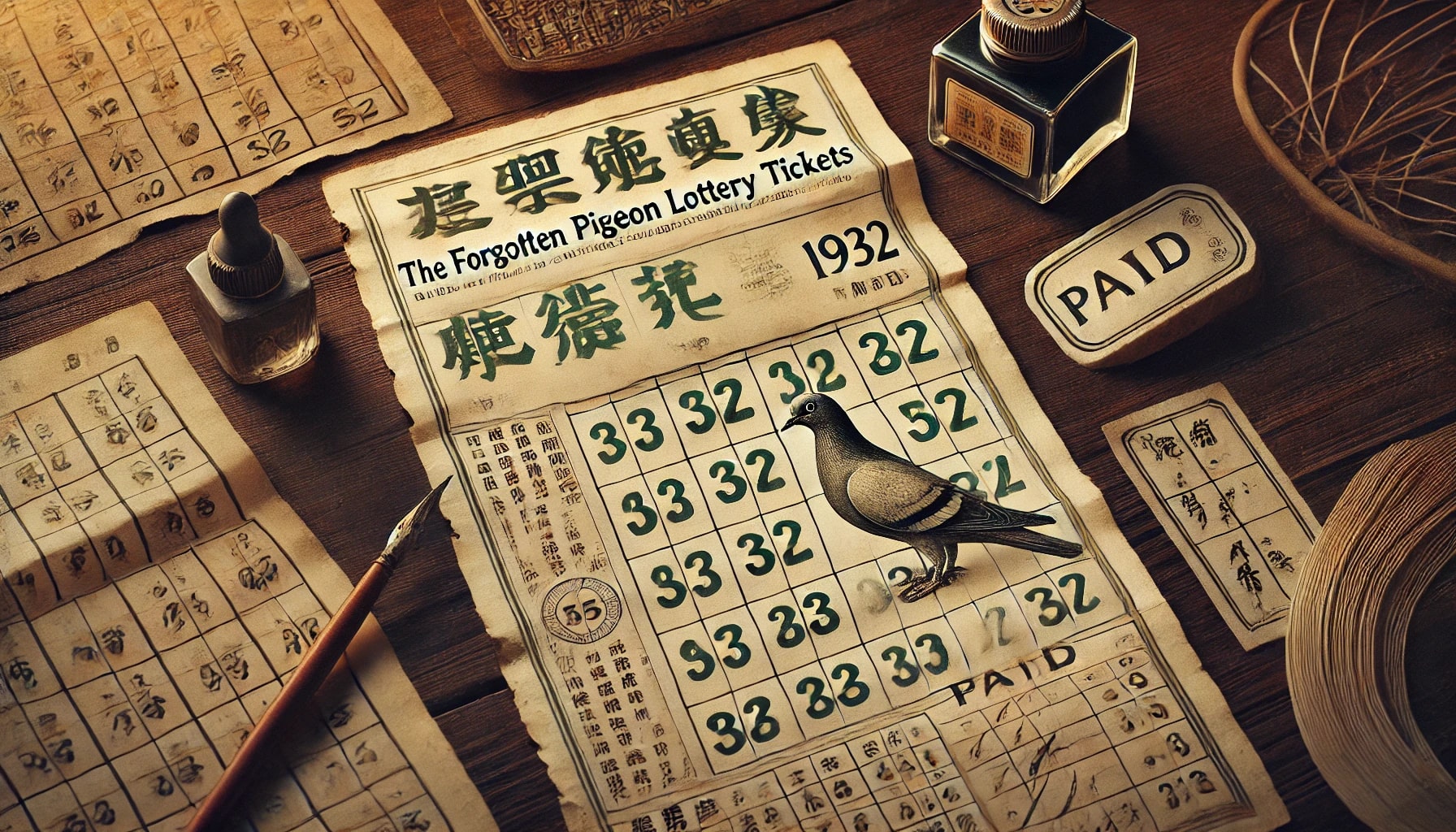
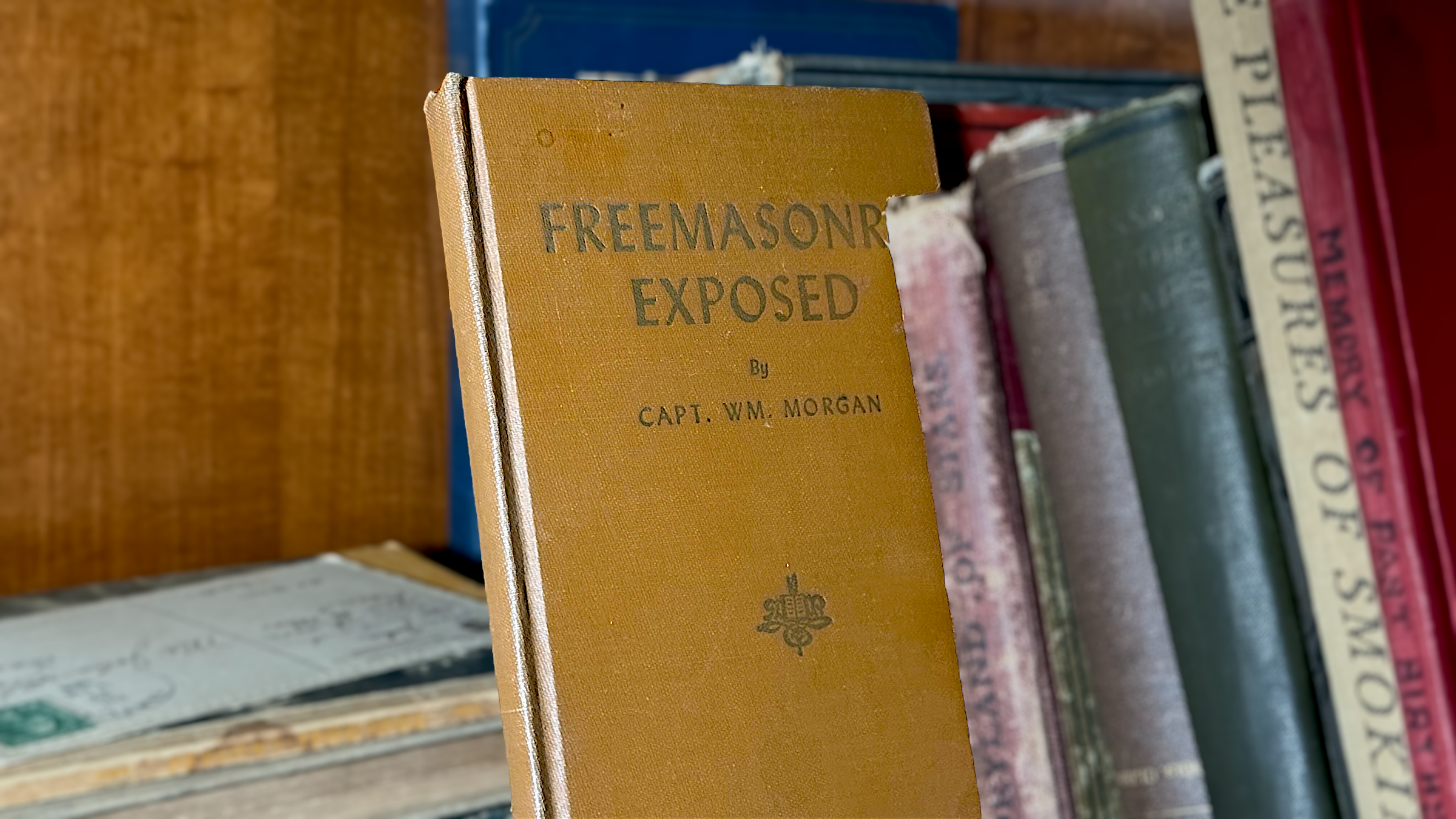
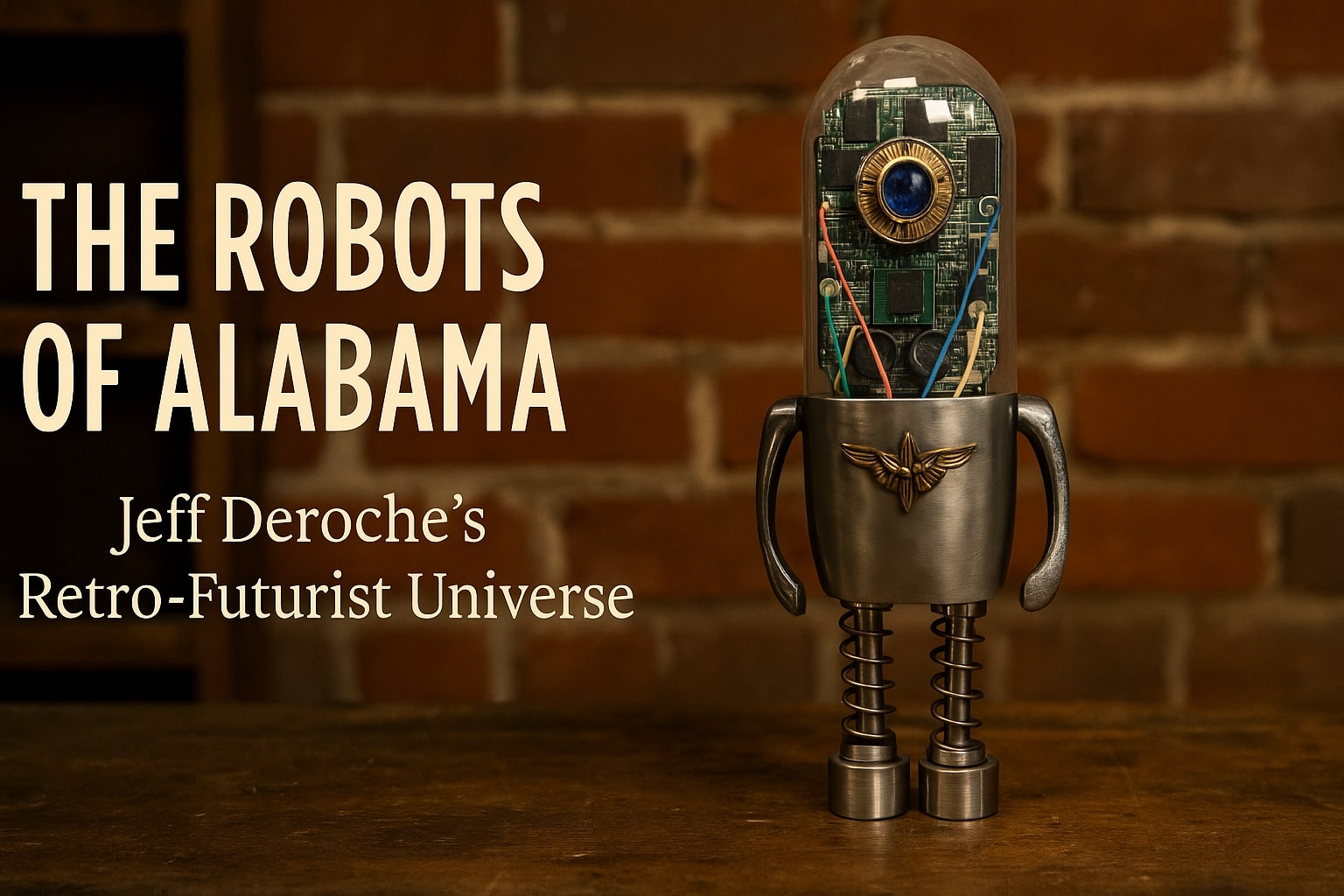


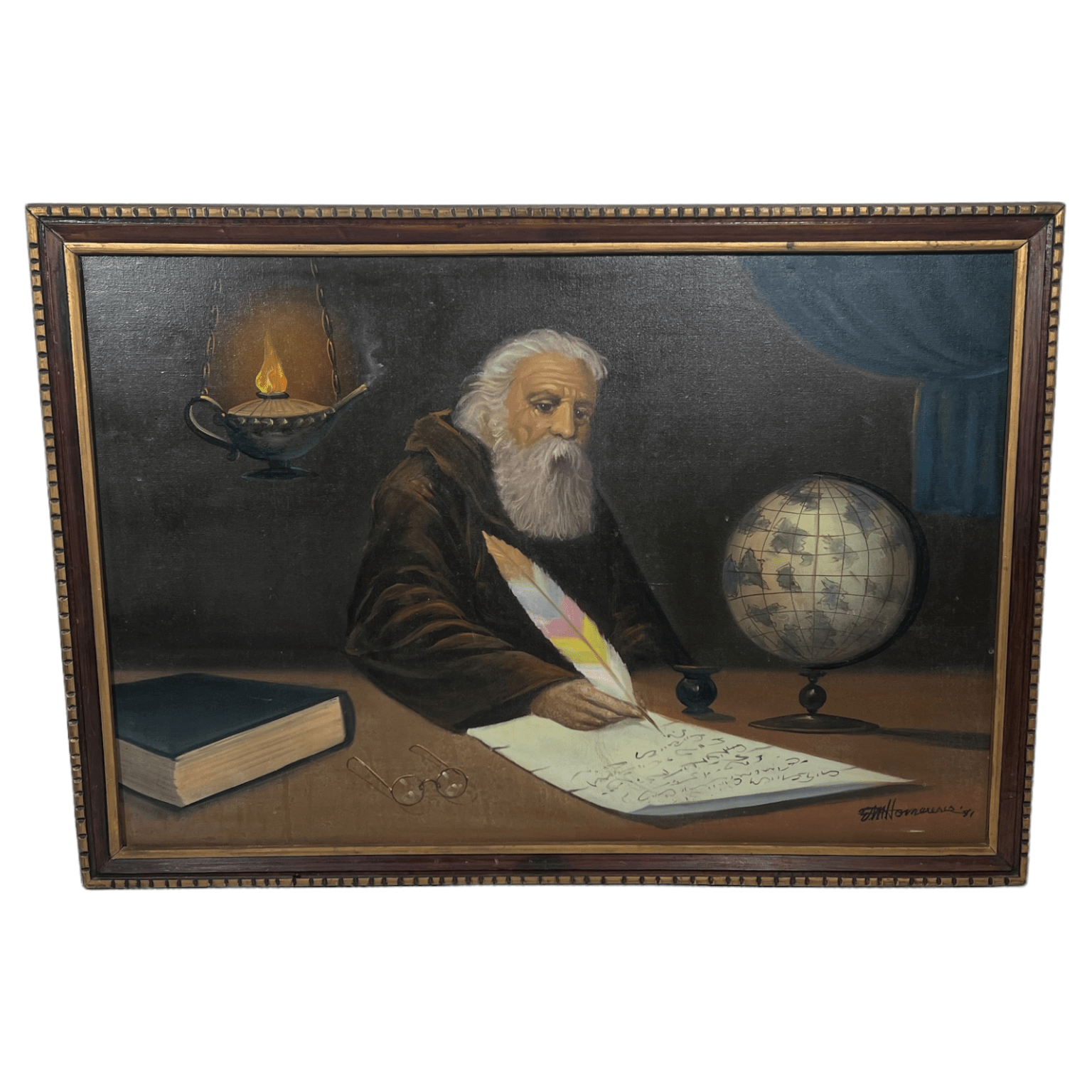
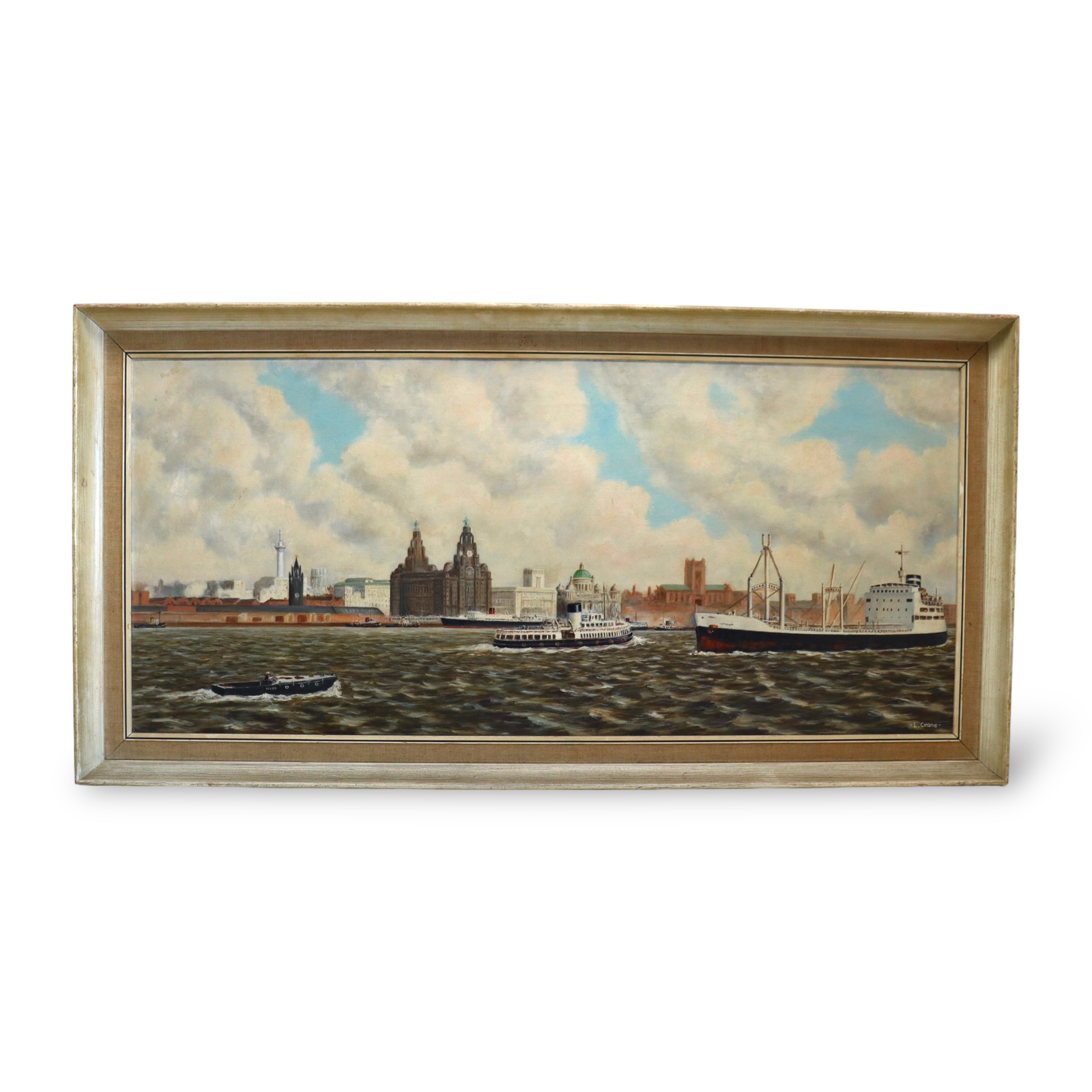
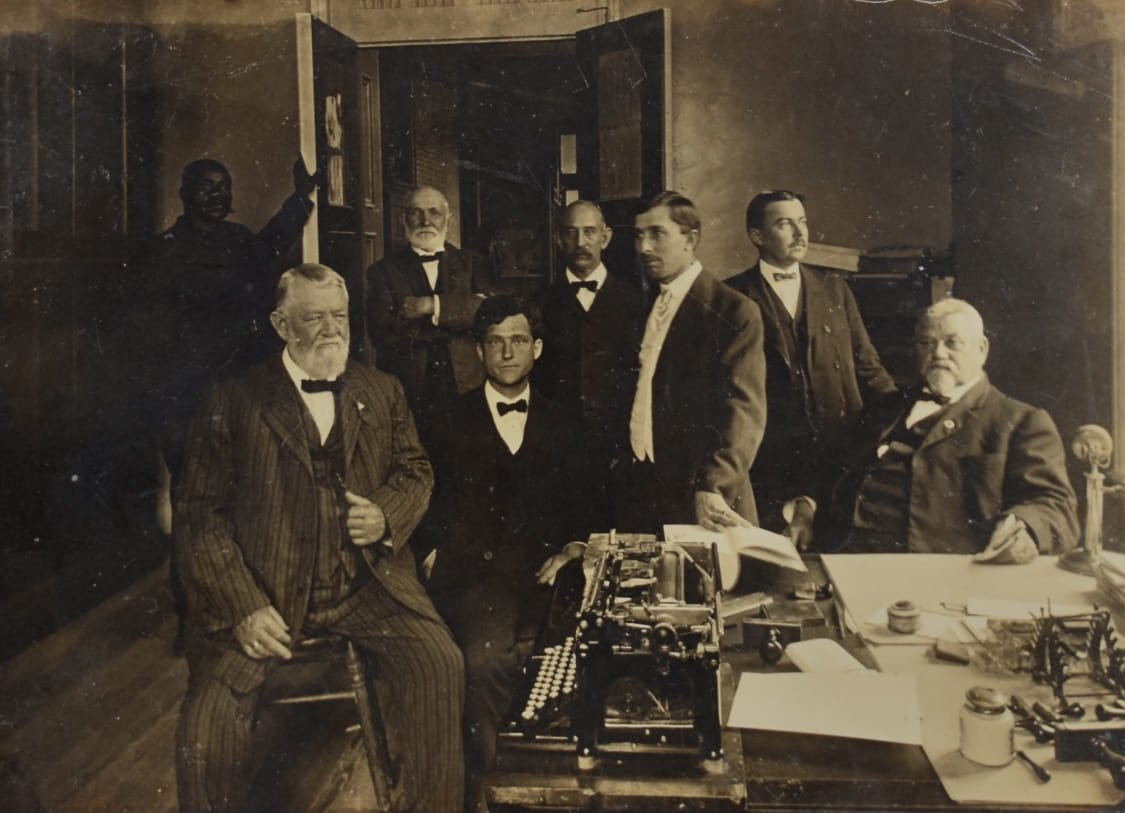
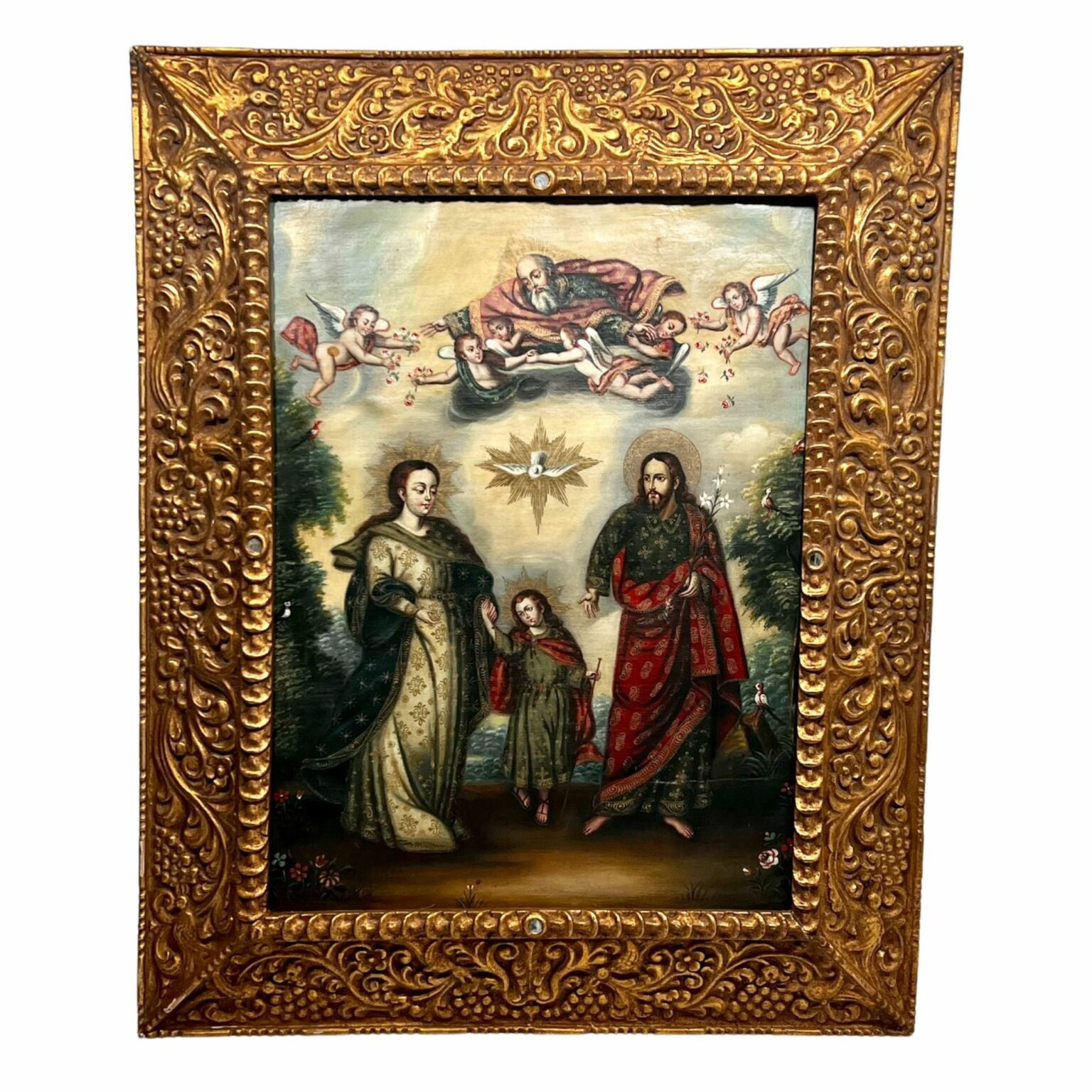
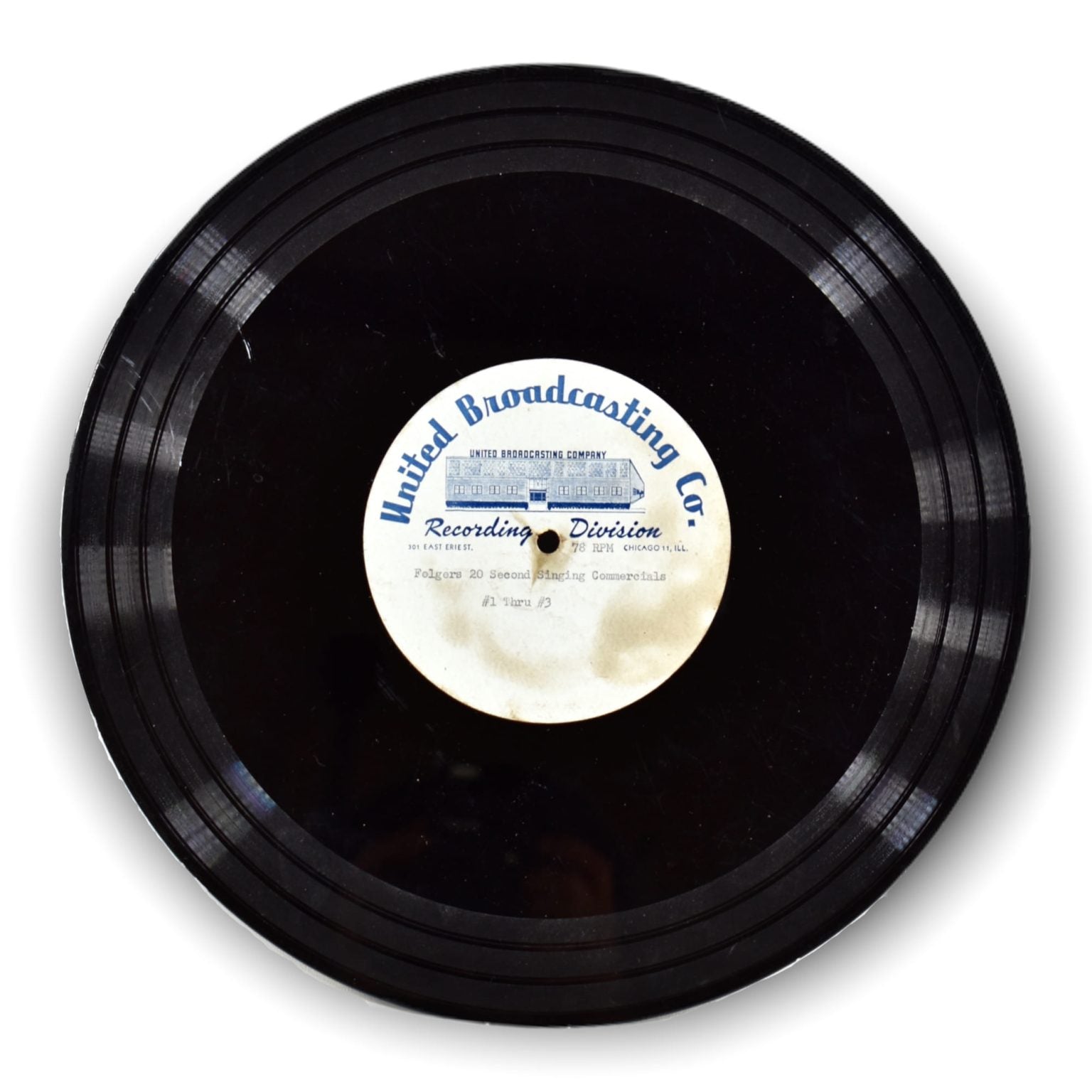
One thought on “Lost Wagers: The Forgotten Pigeon Lottery Tickets That Shaped Modern Gambling”
Comments are closed.